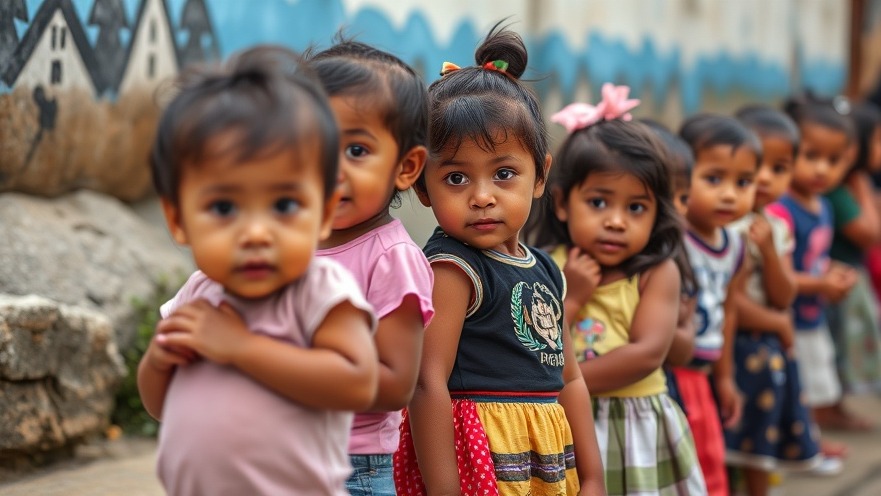
Unpacking the Chaos: Guatemalan Children’s Deportation Dilemma
The recent chaotic events surrounding the potential deportation of Guatemalan children have unveiled significant fault lines in the Trump administration’s deportation policies. On Labor Day weekend, advocates faced a race against time to prevent the deportation of numerous children, sparking legal battles and raising questions about the transparency of the government's actions.
Numbers Reveal a Troubling Trend
A Guatemalan government report has shed light on the controversial assumption made by the Trump administration that families were eager to have their children returned. It indicates that a significant number of families—50 out of the 115 contacted—expressed a preference for their children to remain in the United States. This contradiction undermines the narrative pushed by the administration, putting the motivations of migrant families into sharp relief.
Legal Struggles to Protect Vulnerable Children
Outrageously similar to past incidents, the events during this period were peppered with confusion and frantic legal maneuvers. Just like the dramatic deportation of Venezuelan migrants a few months earlier, lawyers found themselves in a race against the clock, with nights spent in courtrooms trying to block flights. Remarkably, by securing a two-week pause on deportations, these attorneys not only showcased the urgency of their efforts but also highlighted the ongoing struggles of immigrant legal advocates.
What Lies Ahead: Uncertainty for Families
Despite the temporary injunction achieved by these advocates, the atmosphere is fraught with uncertainty for many families. The two-week breathing space may not be enough to disentangle the complexities surrounding the children’s legal statuses. Advocates and attorneys continue to express concern that the chaotic situation is far from over.
Public Sentiment: Compassion vs. Policy
The situation has sparked a wider conversation concerning the treatment of immigrant children and families in the U.S. While the administration continues to enforce strict policies, public sentiment appears to be shifting towards compassion and support for vulnerable populations. The controversy surrounding these deportations exposes a critical debate in American society about the values we uphold and how we respond to the plight of those seeking a better life.
A Broader Context: The Immigrant Experience
This situation is not just about one group of children; it symbolizes a broader narrative experienced by many immigrants. The emotional toll, the fear of separation, and the struggle for stability resonate profoundly with families on both sides of the border. For many, it serves as a stark reminder of the human cost tied to immigration policies.
Conclusion: What Can Be Done?
As discussions surrounding immigration reform continue, it is imperative to advocate for policies that prioritize the safety and well-being of children, regardless of their origin. Advocacy groups stress the importance of providing resources and legal support to families facing imminent deportation, emphasizing that no child should face such uncertainty alone.
Ultimately, the chaotic showdown over deportations of Guatemalan children not only reveals fault lines in current policies but also challenges us as a society to reflect on our values and the impact of our decisions on the lives of vulnerable populations. It’s essential for all citizens to engage in these discussions and advocate for compassionate policies that uphold human rights
.
Everyone must take a stand, advocate for just policies, and support efforts that ensure the safety and dignity of young migrants.
 Add Element
Add Element  Add Row
Add Row 



Write A Comment